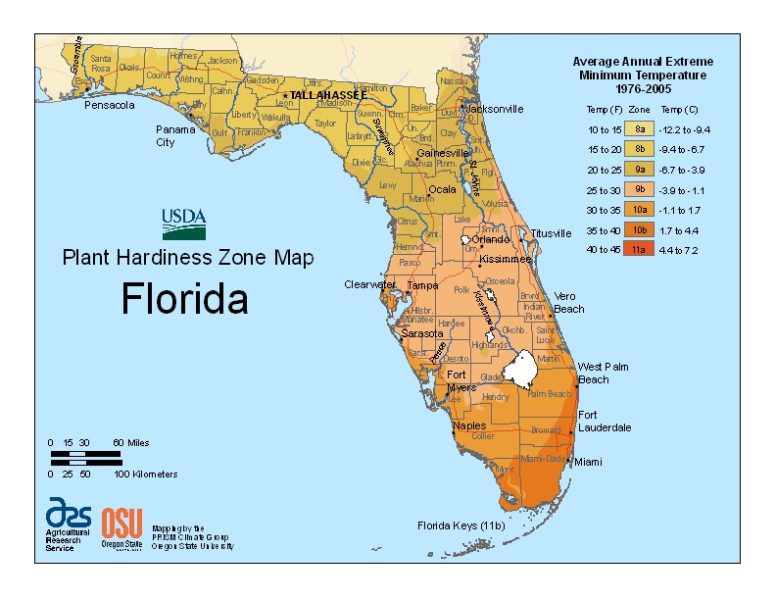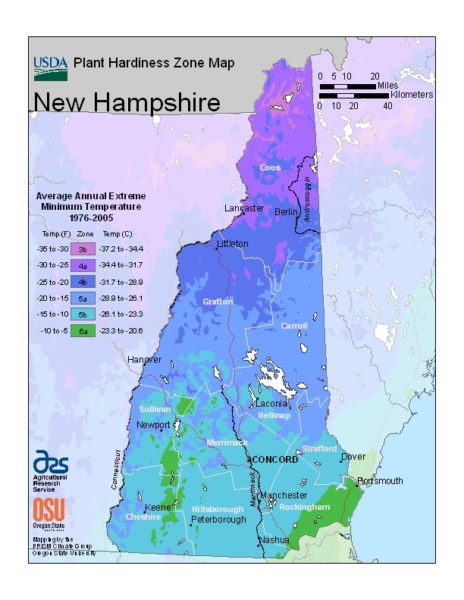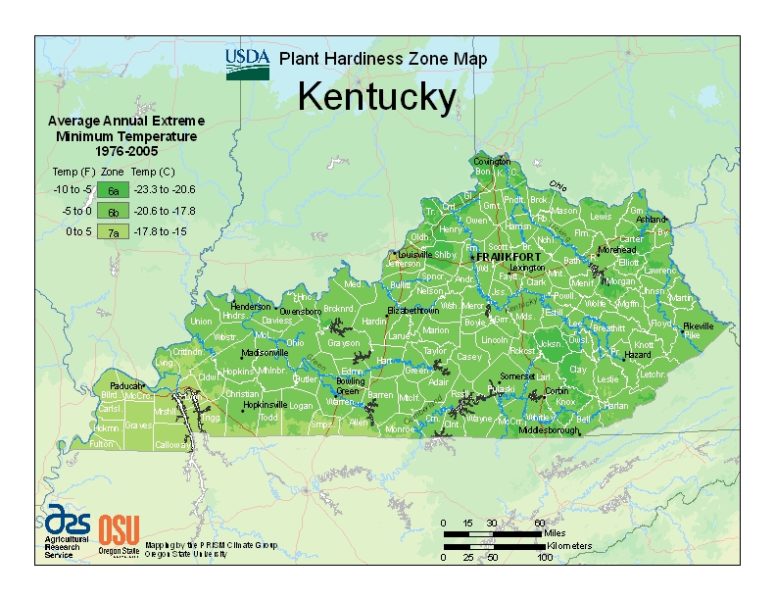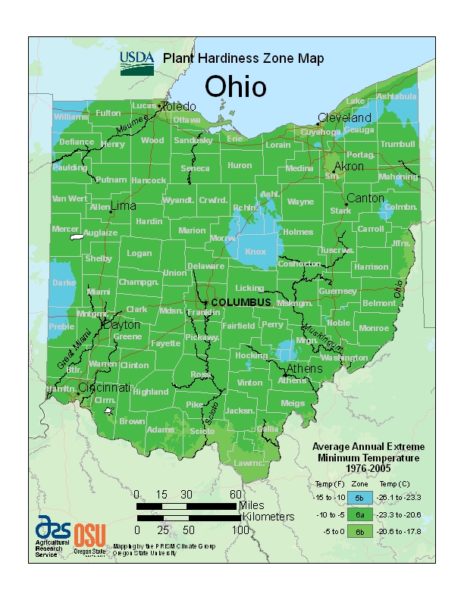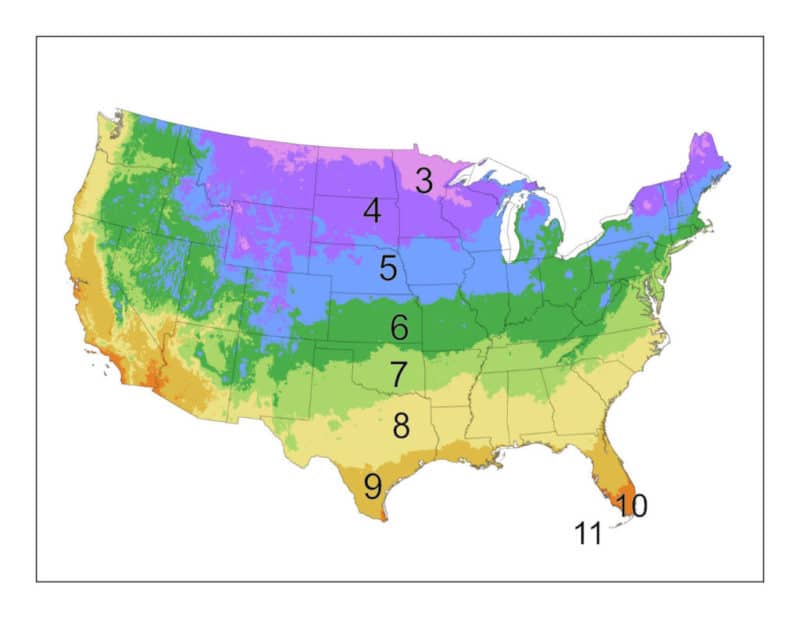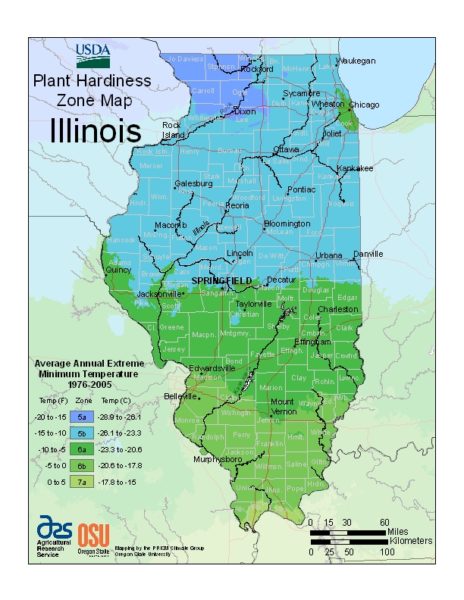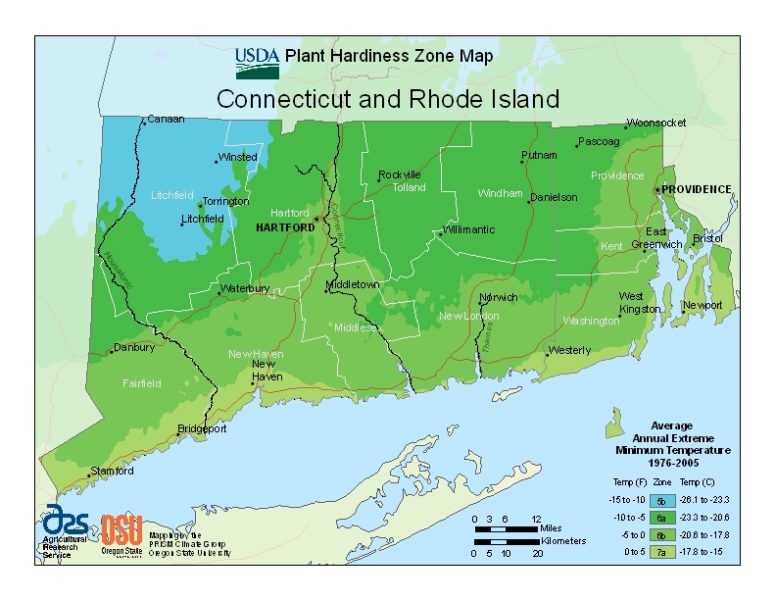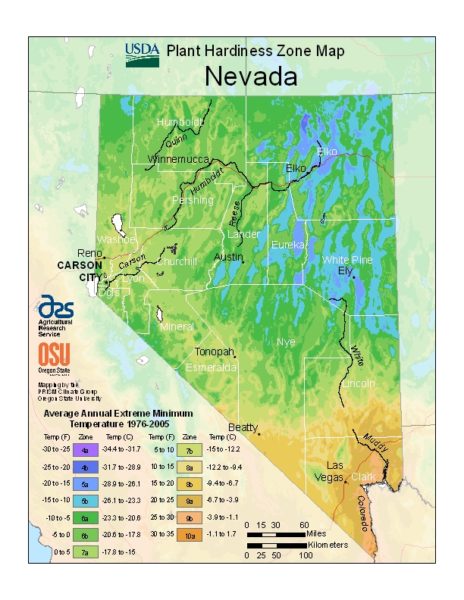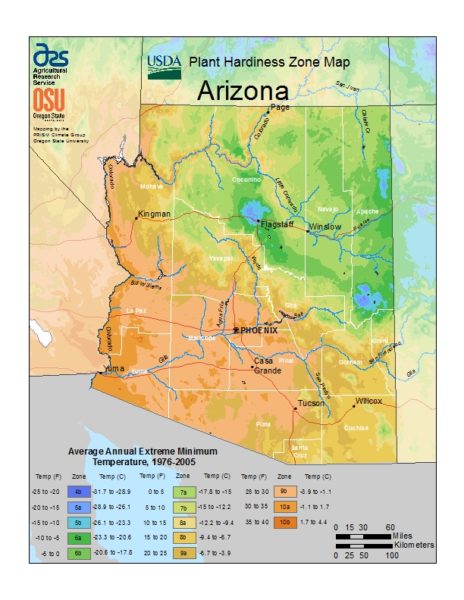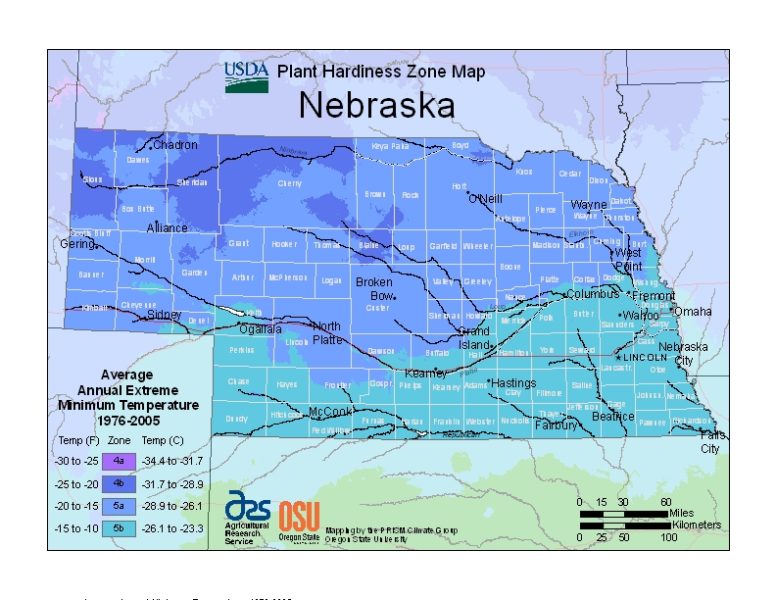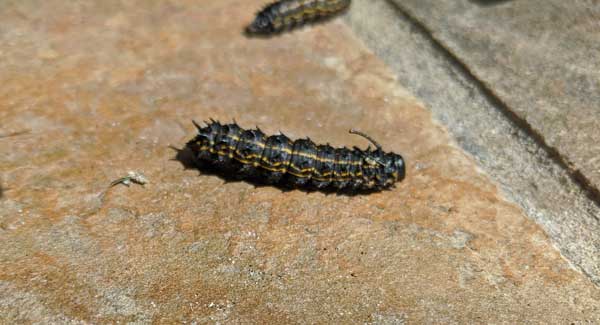
We’re located in the Piedmont area of the Carolina’s. The street on our block is lined with Willow Oak trees that the city planted over 30 years ago. I also have 3 mature pecan trees in my front yard and a large pin oak in my back yard. Over the years falling pollen, nuts, leaves, etc. have stained most driveways & walks.
Three of us on our street got together to rent a pressure washer & cleaned up our driveways, patios & sidewalks just last month.
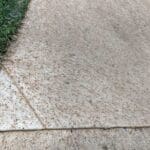 Then it started just a few weeks ago. My neighbor across the street was the first to notice a rapidly increasing stain from very small, round, pellets hitting his driveway & sidewalk. Another neighbor has a plaster pool that was getting large quantities of the same brown-ish pellets that would drop & stain the plaster after soaking up the water.
Then it started just a few weeks ago. My neighbor across the street was the first to notice a rapidly increasing stain from very small, round, pellets hitting his driveway & sidewalk. Another neighbor has a plaster pool that was getting large quantities of the same brown-ish pellets that would drop & stain the plaster after soaking up the water.
I was having similar issues at the mouth of our driveway.
We all had one thing in common. Black caterpillars with yellow or orange stripes crawling along the ground. My neighbor with the pool was increasingly finding them in the bottom of his pool.
I contacted our county Cooperative Extension Office. Here in North Carolina, they are operated in conjunction with the North Carolina State Agricultural Extension Department.
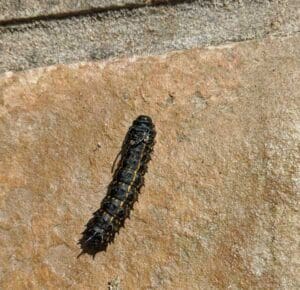 The publication they sent us a link to told us everything we suspected; and more. You can read the complete article here: Orangestriped Oakworm Entomology Insect Notes
The publication they sent us a link to told us everything we suspected; and more. You can read the complete article here: Orangestriped Oakworm Entomology Insect Notes
From the Maine to Minnesota and south from Florida to Texas there has been an onslaught of caterpillars eating up Oak Tree leaves and making a mess.
These culprits, Orangestriped oakworms, Anisota senatoria, are sometimes very abundant on oaks in August and September (they occasionally feed on other hardwoods as well). These caterpillars are native to the United States.
There may be thousands of caterpillars on a single tree. As the article elaborates; “Orangestriped oakworms, as you would expect, feed primarily on oaks. Red oaks, scarlet oaks, pin oaks, and willow oaks are preferred over white oaks, chestnut oaks and others for feeding and oviposition. Maples and other trees can be damaged by orangestriped oakworms particularly if they are near a heavy infestation on oaks.”
Now for the gross part. The pellets staining our freshly cleaned cement areas are excretions from the caterpillars called frass. Blah, not going in my neighbors pool anytime soon!
Large infestations of the Oakworms can defoliate and eat 25% or more of the leaves on a tree. For the most part, losing leaves in late summer will not kill most trees. More established trees might lose some twigs that have been completely defoliated.
How Long Will it Last?
Adult Oakworm Caterpillars will eventually drop to the ground in search of a place to burrow underground for winter. Infestations can last a month or longer where they feed on the leaves of your trees.
What Can You Do?
It’s a bit problematic trying to reach oak tree caterpillars munching away on taller trees. By the time they descend and crawl around on the ground, they have already done their damage and are very resistant to pesticides.
If the tree is smaller, a neem extract pesticide can work when you first notice and the caterpillars are younger. You could also shake the branches to knock the caterpillars off the tree & crush them with your foot. Just cover your head!
Natural predators are sometimes the best solution. Birds, paper wasps, parasites are usually attracted to the caterpillars. This usually means you endure one heavy infestation and the next year won’t be any where near as bad.
Other Resources:
- Identification and Management of Orange-striped Oakworm. Siegert, N. W. and D. G. McCullough. 1998.Michigan State University Extension Bulletin E-2654. 2 pp.
- Using Paper Wasps for Caterpillar Management in the Landscape. Bambara, S. and J. R. Baker. 2000. Ornamentals and Turf Department of Entomology Insect Note, NC State University, N.C. Cooperative Extension. Note No. 121.
- Orangestriped Oakworm Anisota senatoria, Saturniidae. Hiskes, R. No date. Connecticut Agrucultural Experitment Station. 2 pp.
- Unboxing From PlantingTree Nursery - February 6, 2022
- Everyone is Obsessed with this #1 Bloom Color for 2022 - January 21, 2022
- How to Choose Shrubs For Shade - October 6, 2021


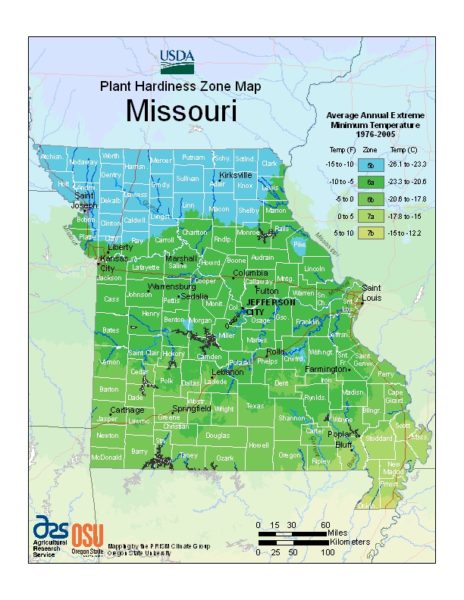

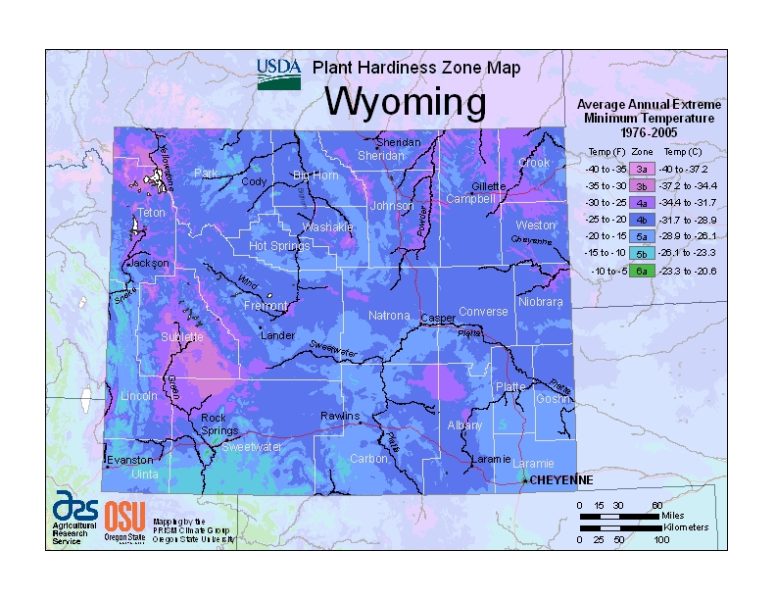

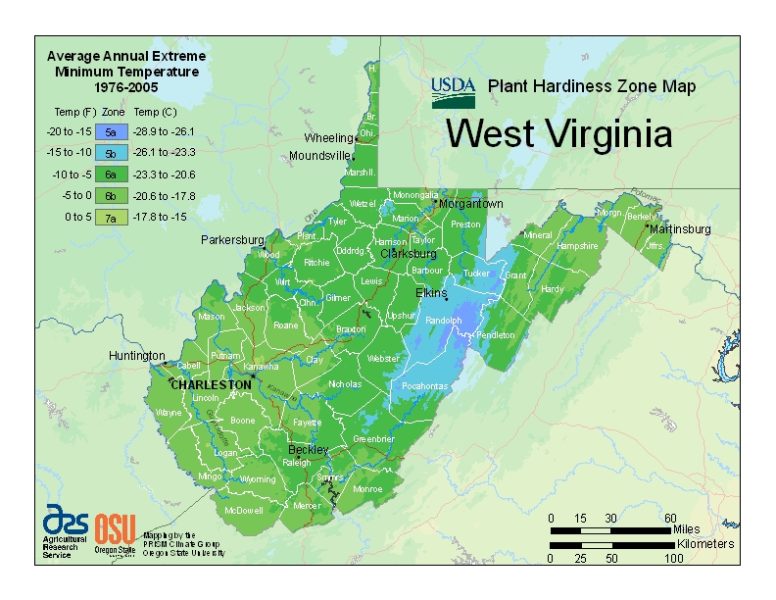



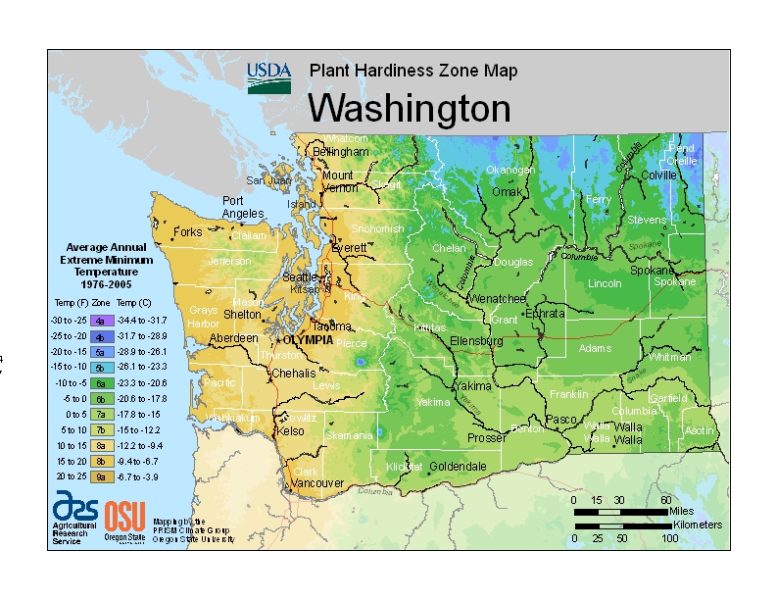
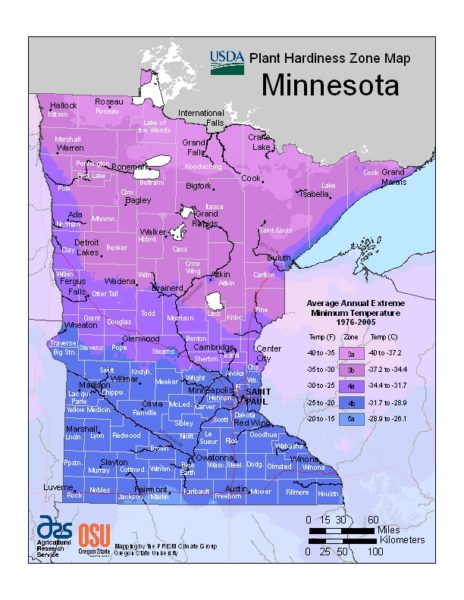





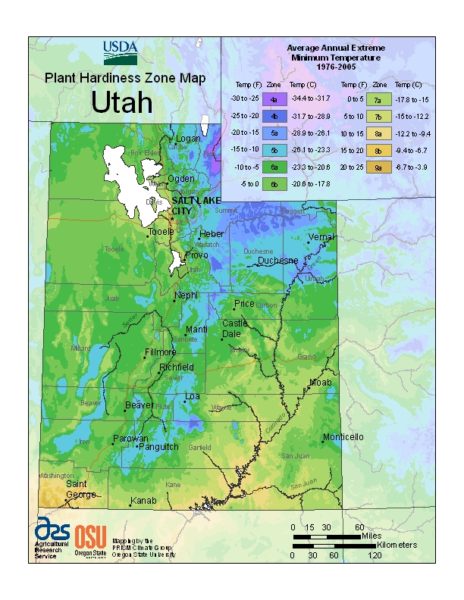






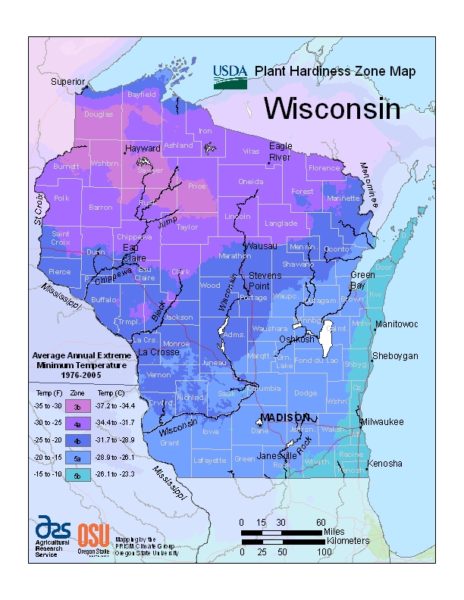 Wisconsin
Wisconsin